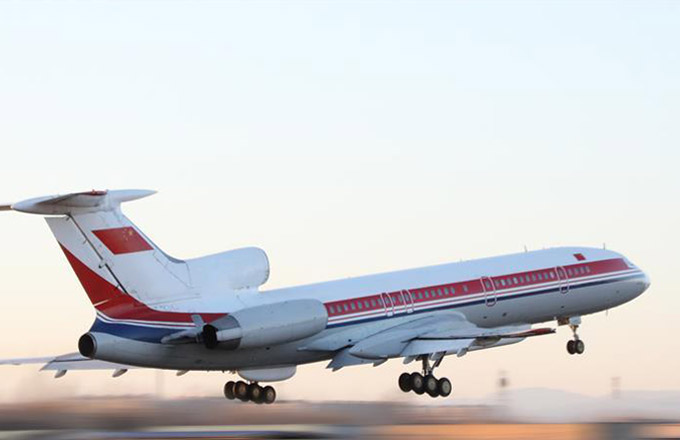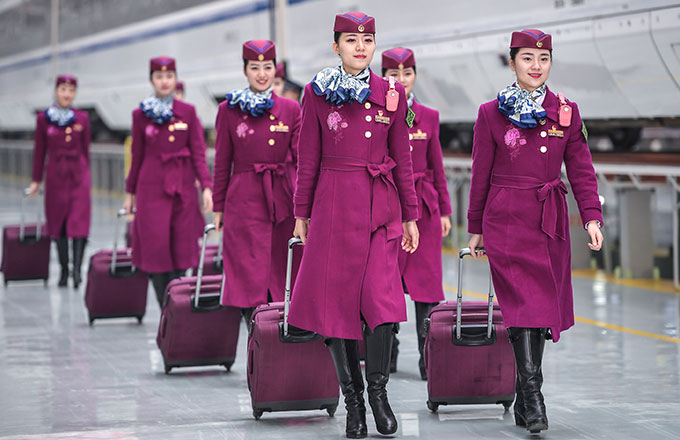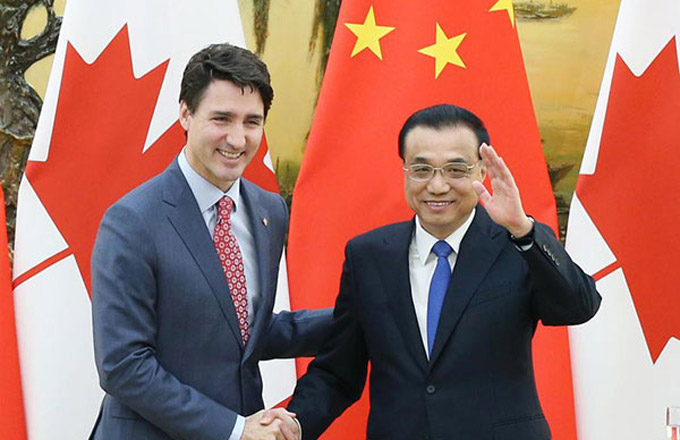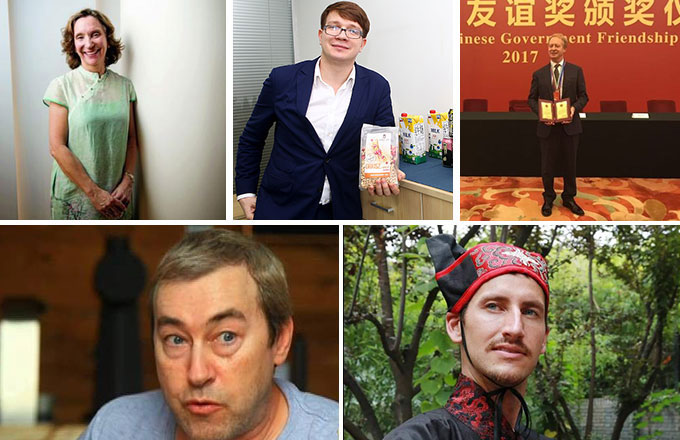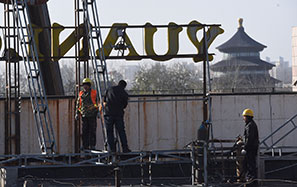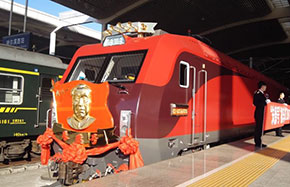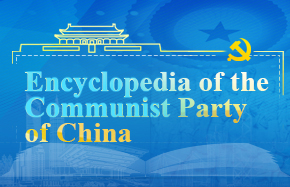Yara aims to teach China's farmers intelligent fertilizing
China's magnetic pull on foreign firms is undeniable - even when the financial benefits of doing business in the country are relatively modest.
Take Yara International.
The Norwegian company is the world's largest publicly traded nitrogen-fertilizer maker. Although it has been in China for 100 years, it generates just $750 million of its $15 billion in annual revenue from China. Yet "China is an important market to us," said President and CEO Jrgen Ole Haslestad. To be specific, the Asian region accounts for 10 percent of Yara's annual sales, and China - which receives about 400,000 tons of the company's fertilizer a year - just under half that amount.
But Haslestad, who was in New York recently to address a gathering on sustainability in Africa at the United Nations, said Yara is not unlike other agribusiness companies drawn to the reliable revenue steam that China represents. With myriad issues related to the challenge of feeding one-fifth of the world's population amid a shrinking supply of arable land, China is on pace to spend over $30 billion on farm and agricultural assets this year, up from $5 billion five years ago, according to Mitch Kasper, managing principal with Midwest AG Investors, which invests in agriculture-based assets. That estimate includes China's $4.7 billion acquisition last month of US-based Smithfield Foods Inc, the world's biggest hog farmer and pork processor.
Although many small, local fertilizer makers sell products to China's farmers, some of them "have had a bad experience using locally produced products," Haslestad told China Daily in an interview. "I'm not saying that local produced products are bad, by any means, but sometimes it is not at the same high quality as we are guaranteeing."
While farmers in China might use local products for cash crops - such as fruit and vegetables, where the margins of profit for farmers are higher - "they will use our products for producing (higher end) products" because "they know they get the right quality and they know they can rely on us," Haslestad said. "They can guarantee they can deliver the products for the period when they need it."
The CEO has a front row seat on China's battle with its agriculture challenges, particularly over-fertilizing farmland. "The challenge in China is you have millions of farmers farming on very small pieces of land, and they would like to optimize that land to the largest extent," Haslestad said.
Haslestad said Yara tries to show farmers how to apply fertilizer intelligently to avoid over-fertilization, which gradually strips the land of growing power. "We don't want to oversell to destroy the planet," the CEO said. "We are convinced there will be a need for our products into the future." Why? The Chinese, he said, "are desperately afraid of not being able to produce enough food".
Although China's leaders are exploring alternative fertilization approaches to increase yields without wearing out the land, changing past practices in the country is a huge challenge, Haslestad said.
"When you have set off something in one direction, it's difficult also to shift it and to modify and to bring it into another direction," he said. "The ideal situation would be to merge quite a few farms to get more efficient, larger farms. But the people who are living off the small farms, they have to have an income, then they have to move to the cities. The politicians don't want to force that to happen even faster than it is happening now," he said.
He was referring to China's effort to move a quarter of a billion rural residents into newly built cities to boost domestic consumption and revive a slowing economy. The government's goal is to fully integrate 70 percent of the country's population, or roughly 900 million people, into city living by 2025.
What about the often repeated claim that China's centralized government allows it to implement policy changes - such as those that would affect fertilization practices - quickly? "That's the framework," Haslestad said. "But in China there are several layers below the central government. At the provincial layer, they interpret the policies in ways which they feel will benefit local activity. That can be good for the local population, but probably not good for the total China."
Highlighting an example from his own industry, the CEO said the government could say that a small local fertilizer factory needs to be closed for environmental reasons. "That particular plant in that region could employ 2,000 people. Then the question is, is it better for the local community to have the plant polluting a bit, than not to have work?
"We have a tendency to say to the Chinese that they have to fix that, and fix that. It's not so easy to fix it. It takes some time."




